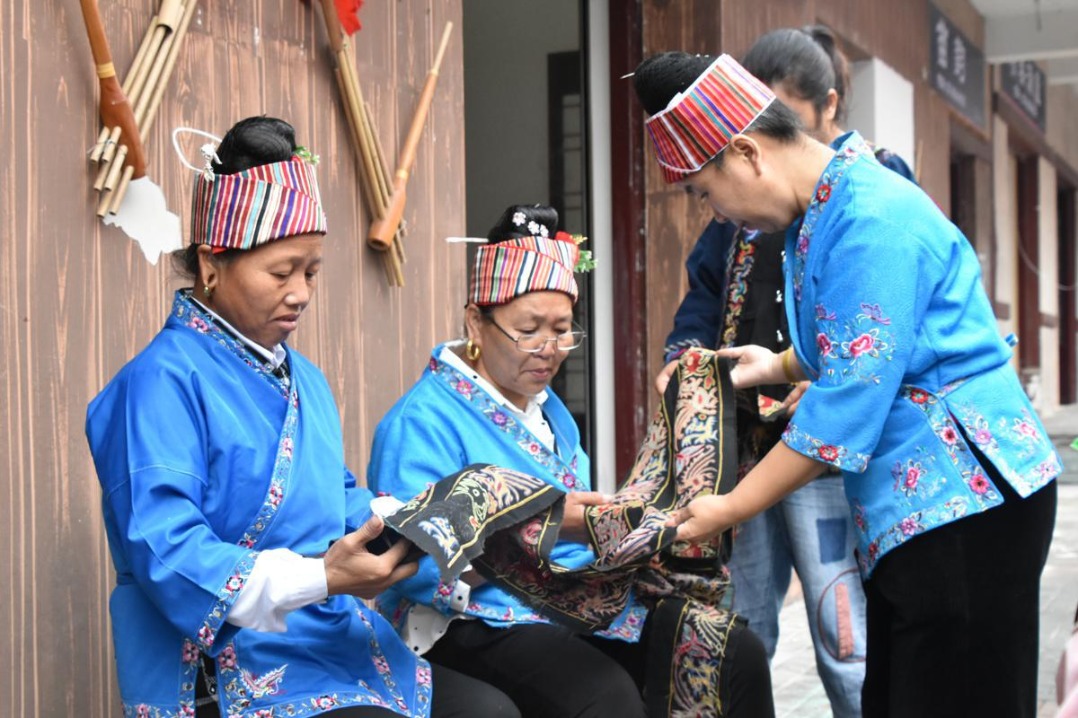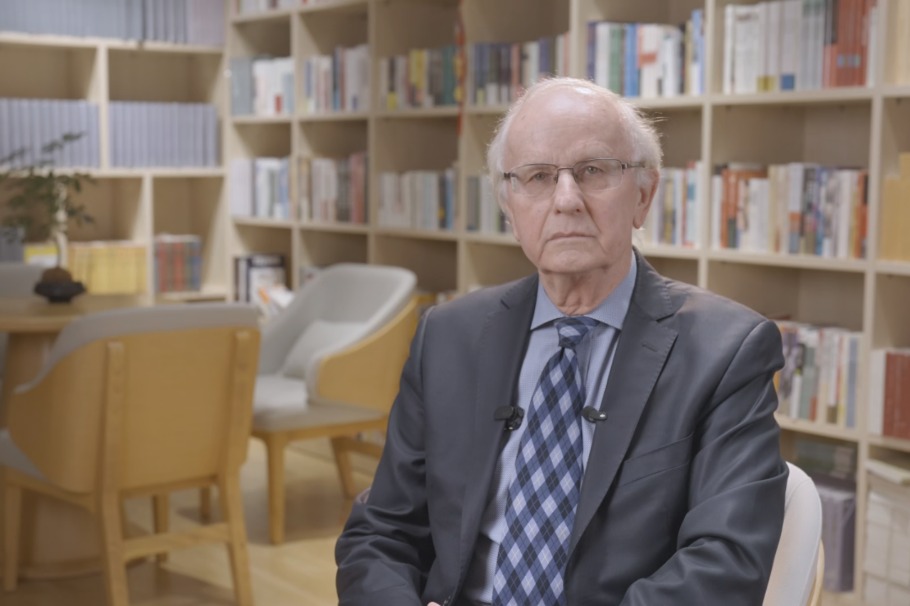New solar thermal fabric could be a game changer

Researchers in China have developed a new molecular solar thermal fabric, or MOST, that can rapidly heat up under light exposure — potentially transforming the way people stay warm in extreme cold.
In tests, the fabric's surface temperature rose to 40 C within seconds when exposed to light, even in freezing environments. Under simulated sunlight at -20 C, it warmed up by more than 21 C in just 50 seconds, demonstrating its high efficiency and responsiveness.
The study, led by Professor Feng Wei from Tianjin University, was recently published in Advanced Materials, one of the world's leading journals in materials science. The research introduces a "bioinspired swelling — deswelling strategy", offering a new approach to wearable personal thermal management or PTM — systems that regulate body temperature in harsh conditions.
The research demonstrates that this novel fabric exhibits exceptional performance in thermal management. Specifically, under blue light irradiation of a specific wavelength, the fabric's surface temperature can rapidly increase by 25.5 C within 70 seconds.
In the future, it could be widely applied in fields such as smart clothing, medical physiotherapy devices and outdoor protective gear. "This research transforms adaptive mechanisms found in nature into material performance strategies," Feng said.
Inspired by the Atriplex centralasiatica — a salt-tolerant plant that manages water and salt through a dynamic cycle — the team developed a process that allows fibers to absorb, swell, and then form dense, crystalline coatings during drying. These coatings, made of azobenzene molecules, strengthen the fibers while improving their ability to convert light into heat.
The result is a fabric that is both mechanically durable and highly efficient in photothermal conversion, addressing a long-standing challenge in the field.
Wearable PTM systems are technologies designed to control the human's microenvironment, providing effective thermal management under harsh outdoor conditions and enhancing human thermal comfort.
MOST fabric has garnered significant attention in the PTM field due to its ability to efficiently convert light into heat, combined with the fabric's inherent softness and breathability, the team explained.
However, simultaneously enhancing the fabric's tensile strength and thermal management properties has been a key challenge in this field. Developing this thermal management fabric that is both efficient in photo-thermal conversion and reliable in durability holds great significance for energy conservation, emission reduction, as well as improving the convenience of medical physiotherapy.
The fabric also proved remarkably resilient. After 50 abrasion cycles, 500 stretches and 72 hours of continuous washing, it retained over 90 percent of its heating performance.
Researchers say this overcomes the common drawbacks of traditional solar thermal materials — such as delamination and short service life — paving the way for wider use in smart clothing, medical physiotherapy, and outdoor protective gear.
The heating intensity can also be precisely controlled by adjusting light exposure, making the fabric suitable for daily wear or targeted heat therapy for medical conditions such as arthritis.
In recent years, China has listed smart textiles as a key area in its strategic emerging industries. This groundbreaking achievement aligns closely with the goal of "promoting the intelligent transformation of the textile industry" outlined in the 14th Five-Year Plan (2021-25), providing favorable conditions for the high-quality development of the industry.
Earlier, researchers at Zhejiang University unveiled a "polar bear sweater" made from ultralight aerogel, offering strong insulation at a fraction of the weight of traditional down jackets.
Chen Yijun contributed to this story.
yandongjie@chinadaily.com.cn
- Employee sorry for leaking pop star's rehearsal clips
- Environmental initiatives pay dividends for businesses big and small
- Tianjin turns hub for green electricity trade
- Nation makes strides in climate governance
- Parcel deliveries in China surpass 180 billion mark
- Substandard mesh used in HK buildings





































